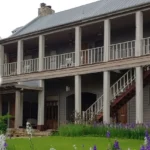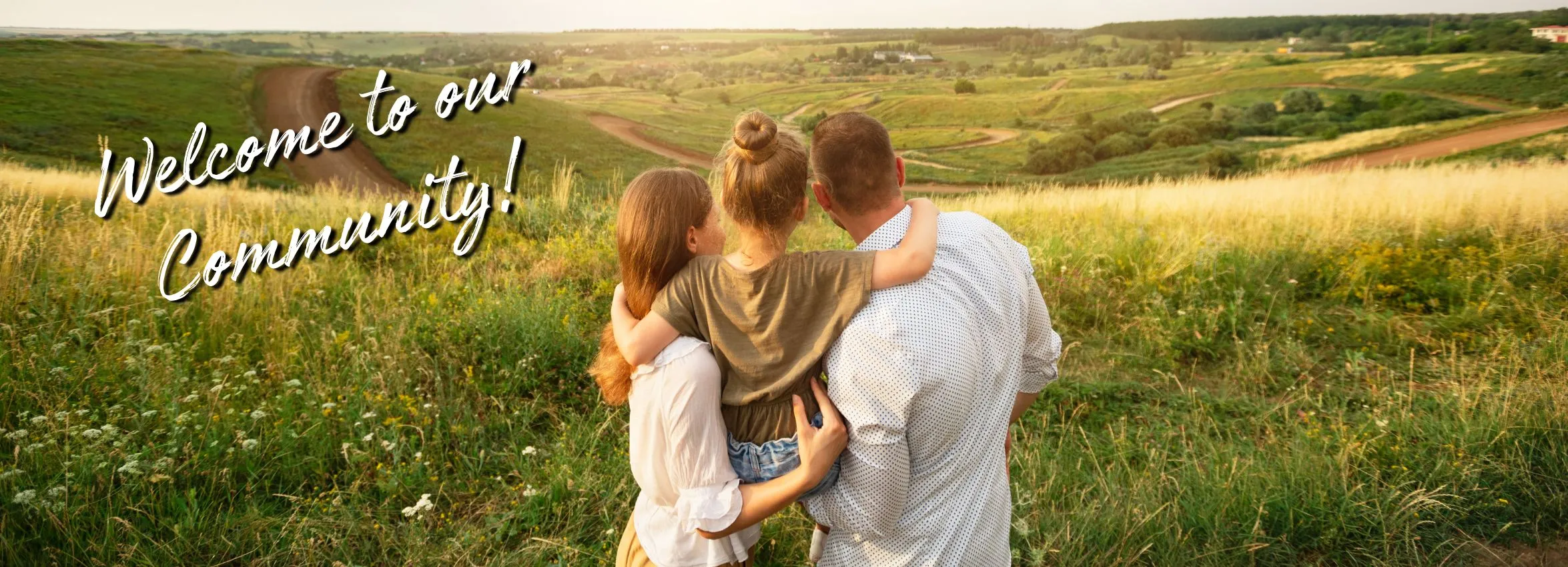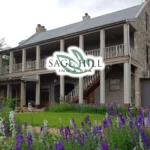The Rich History of Buda, Texas: From Humble Beginnings to a Flourishing Community
Welcome to the fascinating world of Buda, Texas, a thriving town rooted deep in history and tradition. Located just a stone’s throw away from Austin, Buda has evolved significantly over the years while retaining its unique character and southern charm. In this article, we delve into the history of Buda, examining its early beginnings, key events, and the transformations that have shaped it into the thriving community it is today.
Introduction
Nestled amidst the rolling hills of Central Texas, Buda offers a perfect blend of natural beauty, community spirit, and historical relevance. But how did this charming town come to be? Let’s travel back in time to explore the intricate history of Buda.
The Early Settlement: From Railroads to Residence
The Arrival of the Railroad
The history of Buda can be traced back to the late 19th century, coinciding with the expansion of the International-Great Northern Railroad. The railroad’s arrival in 1881 was a turning point, providing the impetus for the settlement’s growth.
Du Pre, the Original Settlement
Originally, the area was part of a settlement called Du Pre, a hub for farmers and traders. The relocation of the post office in 1887 necessitated a name change due to the existence of another Texas town named “Dupre.” Thus, Buda was born.
Economic Evolution: From Agriculture to Modern Industries
Farming Roots
Initially, the economy of Buda was largely agricultural, focusing on corn, cotton, and cattle farming. It was a hub for farmers who utilized the railroad for shipping their produce.
Transition to Modern Industries
Over the decades, Buda has shifted from an agrarian society to a more diverse economy, incorporating manufacturing, retail, and services. This transition has been crucial in shaping Buda’s modern identity.
Social Fabric: The Community and its Culture
Schools and Education
The first school in Buda was established in the late 19th century, and over the years, education has been a cornerstone of the community. Today, Buda is served by the Hays Consolidated Independent School District, which underscores the town’s commitment to quality education.
The Role of Festivals
Buda hosts a variety of annual events that celebrate its rich history and diverse community. The famed “Buda Wiener Dog Races” and the “BudaFest” are popular events that attract visitors from all over Texas and beyond.
Architectural Heritage: The Landmarks that Tell a Story
The Stagecoach House
One of Buda’s oldest structures, the Stagecoach House, serves as a living testimony to the town’s early days. This preserved building dates back to the 1880s and offers a glimpse into Buda’s historical lifestyle.
The Historic Downtown
Buda’s Historic Downtown is a treasure trove of architectural gems, featuring styles ranging from Victorian to modern. A walk through the downtown area is like a journey through time.
The Present Day: Buda Now
Buda today is a rapidly growing community. With an influx of new businesses and residents, the town is on an upward trajectory, all while preserving its historic charm and community spirit.
Conclusion
The history of Buda, Texas is not just a tale of trains, crops, and settlements. It’s a narrative shaped by its people, their ambitions, and the community they’ve built. Buda has evolved from its humble beginnings into a flourishing town, continually embracing change while staying true to its roots. It serves as a remarkable example of how history, when embraced, can enrich the present and guide the future. So, the next time you’re in Buda, take a moment to appreciate the rich tapestry of experiences that make this town what it is today.











